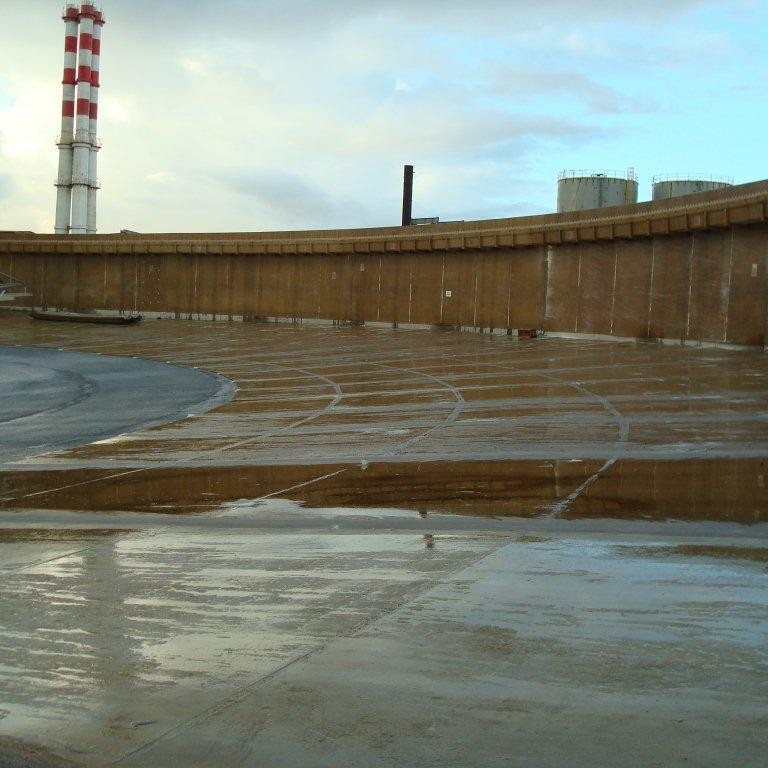
-
 Afrikaans
Afrikaans -
 Albanian
Albanian -
 Amharic
Amharic -
 Arabic
Arabic -
 Armenian
Armenian -
 Azerbaijani
Azerbaijani -
 Basque
Basque -
 Belarusian
Belarusian -
 Bengali
Bengali -
 Bosnian
Bosnian -
 Bulgarian
Bulgarian -
 Catalan
Catalan -
 Cebuano
Cebuano -
 China
China -
 China (Taiwan)
China (Taiwan) -
 Corsican
Corsican -
 Croatian
Croatian -
 Czech
Czech -
 Danish
Danish -
 Dutch
Dutch -
 English
English -
 Esperanto
Esperanto -
 Estonian
Estonian -
 Finnish
Finnish -
 French
French -
 Frisian
Frisian -
 Galician
Galician -
 Georgian
Georgian -
 German
German -
 Greek
Greek -
 Gujarati
Gujarati -
 Haitian Creole
Haitian Creole -
 hausa
hausa -
 hawaiian
hawaiian -
 Hebrew
Hebrew -
 Hindi
Hindi -
 Miao
Miao -
 Hungarian
Hungarian -
 Icelandic
Icelandic -
 igbo
igbo -
 Indonesian
Indonesian -
 irish
irish -
 Italian
Italian -
 Japanese
Japanese -
 Javanese
Javanese -
 Kannada
Kannada -
 kazakh
kazakh -
 Khmer
Khmer -
 Rwandese
Rwandese -
 Korean
Korean -
 Kurdish
Kurdish -
 Kyrgyz
Kyrgyz -
 Lao
Lao -
 Latin
Latin -
 Latvian
Latvian -
 Lithuanian
Lithuanian -
 Luxembourgish
Luxembourgish -
 Macedonian
Macedonian -
 Malgashi
Malgashi -
 Malay
Malay -
 Malayalam
Malayalam -
 Maltese
Maltese -
 Maori
Maori -
 Marathi
Marathi -
 Mongolian
Mongolian -
 Myanmar
Myanmar -
 Nepali
Nepali -
 Norwegian
Norwegian -
 Norwegian
Norwegian -
 Occitan
Occitan -
 Pashto
Pashto -
 Persian
Persian -
 Polish
Polish -
 Portuguese
Portuguese -
 Punjabi
Punjabi -
 Romanian
Romanian -
 Russian
Russian -
 Samoan
Samoan -
 Scottish Gaelic
Scottish Gaelic -
 Serbian
Serbian -
 Sesotho
Sesotho -
 Shona
Shona -
 Sindhi
Sindhi -
 Sinhala
Sinhala -
 Slovak
Slovak -
 Slovenian
Slovenian -
 Somali
Somali -
 Spanish
Spanish -
 Sundanese
Sundanese -
 Swahili
Swahili -
 Swedish
Swedish -
 Tagalog
Tagalog -
 Tajik
Tajik -
 Tamil
Tamil -
 Tatar
Tatar -
 Telugu
Telugu -
 Thai
Thai -
 Turkish
Turkish -
 Turkmen
Turkmen -
 Ukrainian
Ukrainian -
 Urdu
Urdu -
 Uighur
Uighur -
 Uzbek
Uzbek -
 Vietnamese
Vietnamese -
 Welsh
Welsh -
 Bantu
Bantu -
 Yiddish
Yiddish -
 Yoruba
Yoruba -
 Zulu
Zulu
Innovative Fiberglass Weir Solutions for Enhanced Water Management and Environmental Sustainability
The Advantages of Fiberglass Weirs in Water Management
Water management is a crucial aspect of environmental engineering, agriculture, and urban planning. Among various tools used to regulate water flow and monitor levels, weirs are vital structures. Traditionally made from concrete or steel, weirs are witnessing a shift towards more innovative materials, such as fiberglass. This article explores the benefits of fiberglass weirs, highlighting their essential role in effective water management.
What is a Weir?
A weir is a barrier built across an open channel to control the flow of water. It can help measure river flows, manage water levels, and improve irrigation systems. Weirs come in various designs, including sharp-crested, broad-crested, and stepped, each serving unique purposes. The effectiveness of a weir largely depends on its construction material, and this is where fiberglass stands out.
Advantages of Fiberglass Weirs
1. Corrosion Resistance One of the most significant advantages of fiberglass is its resistance to various environmental factors. Traditional materials like concrete and steel can corrode or degrade over time, especially in harsh or saline environments. Fiberglass, on the other hand, is impervious to rust, rot, and many chemicals, ensuring a longer lifespan and reducing maintenance costs.
2. Lightweight and Easy to Install Fiberglass weirs are considerably lighter compared to their concrete or metal counterparts. This characteristic not only makes transportation more manageable but also simplifies the installation process. Construction crews can set up fiberglass weirs more quickly and often with less heavy machinery, leading to reduced labor costs and project timelines.
fiberglass weir

3. Customizability Fiberglass can be molded into various shapes and sizes, allowing for custom designs that meet specific project requirements. This flexibility enables engineers to create weirs that cater to the unique hydrological conditions of a site, optimizing their performance.
4. Cost-Effectiveness While the initial investment in fiberglass may be higher than traditional materials, the long-term savings from reduced maintenance and replacement costs make fiberglass weirs a cost-effective solution. Their durability means they can operate effectively for many years, leading to a lower total cost of ownership.
5. Aesthetic Appeal In many applications, the appearance of water management structures can influence public perception. Fiberglass can be designed to blend seamlessly with the natural environment or local architecture, helping to maintain the visual appeal of an area.
6. Reduced Environmental Impact The production of fiberglass can be less detrimental to the environment compared to concrete, which requires significant amounts of energy and raw materials. By opting for fiberglass, businesses and governments can reduce their carbon footprint in water management projects.
Conclusion
Fiberglass weirs represent a significant advancement in water management technology. Their resistance to corrosion, lightweight nature, customizability, cost-effectiveness, aesthetic versatility, and lower environmental impact make them a compelling choice for a wide range of applications. As the demand for efficient and sustainable water management solutions continues to grow, fiberglass weirs are poised to play an integral role in developing smarter water infrastructure worldwide. By leveraging the benefits of this innovative material, we can improve our ability to manage water resources efficiently while protecting the environment for future generations. Adopting fiberglass in weir constructions is not just a trend but a necessary evolution in the quest for sustainable water management solutions.
Latest news
-
Exploring the Benefits of Top Hammer Drifter Rods for Enhanced Drilling PerformanceNewsJun.10,2025
-
High-Precision Fiberglass Winding Machine for GRP/FRP Pipe Production – Reliable & Efficient SolutionsNewsJun.10,2025
-
FRP Pipes & Fittings for Shipbuilding - Corrosion-Resistant & LightweightNewsJun.09,2025
-
Premium FRP Flooring Solutions Durable & Slip-ResistantNewsJun.09,2025
-
Premium Fiberglass Rectangular Tanks Durable & Lightweight SolutionNewsJun.09,2025
-
Tapered Drill String Design Guide Durable Performance & UsesNewsJun.09,2025









